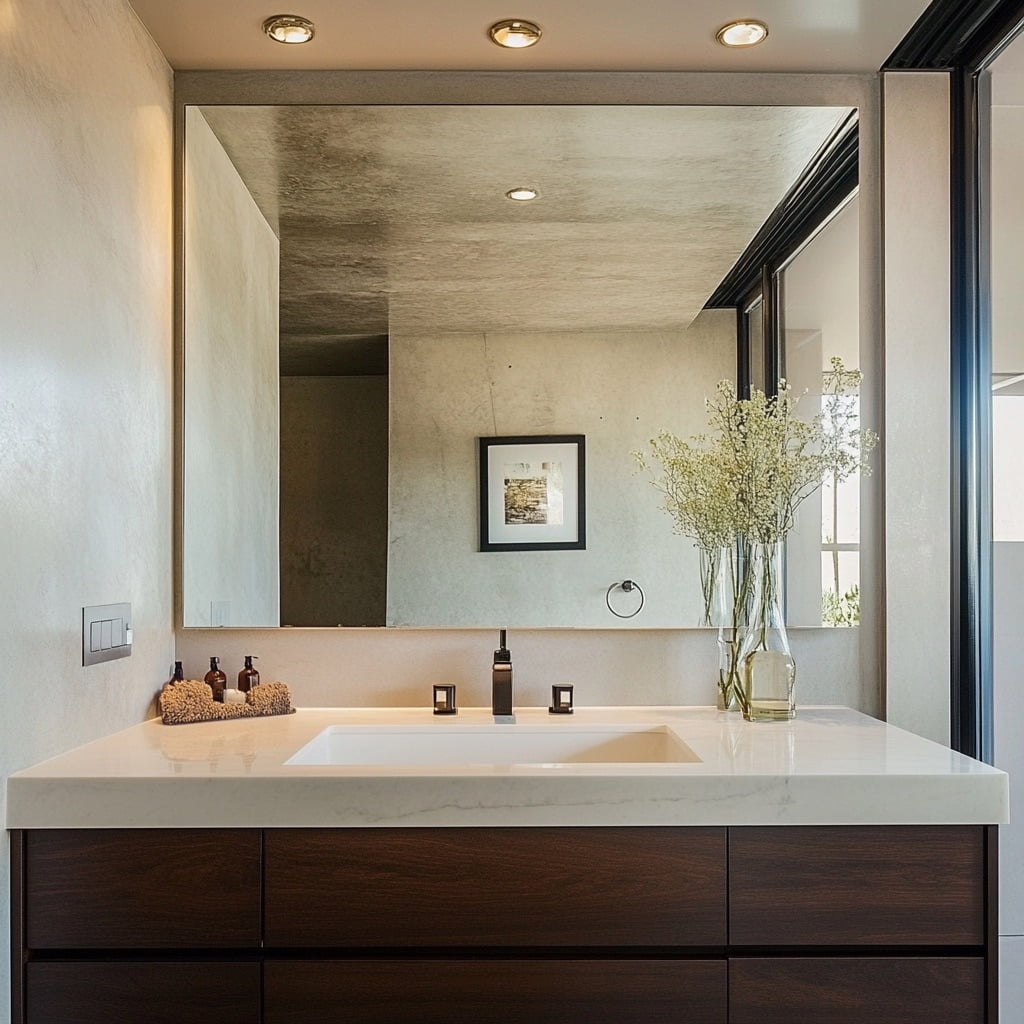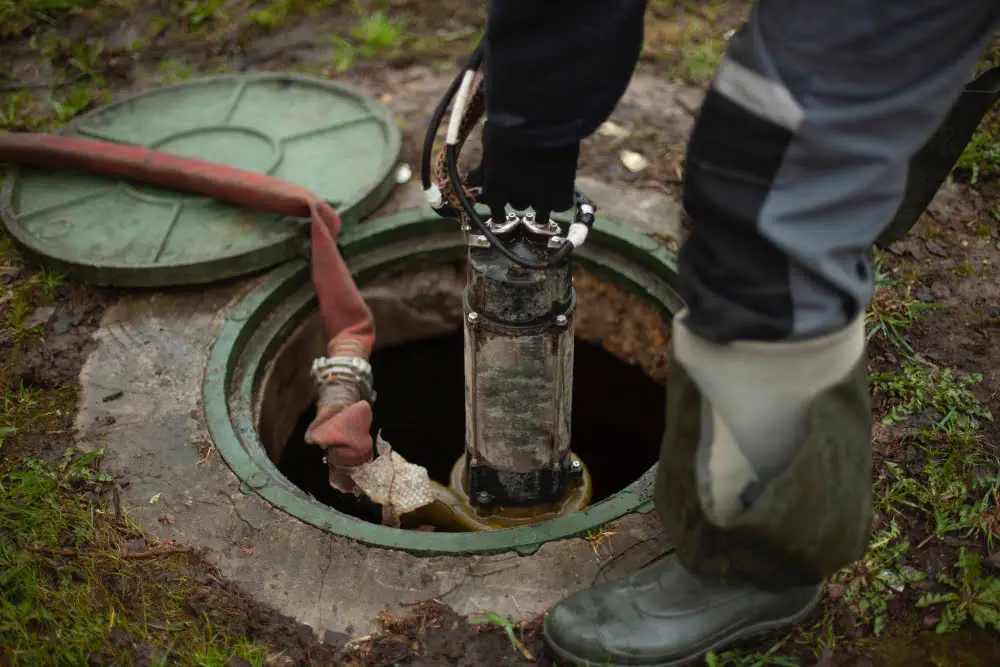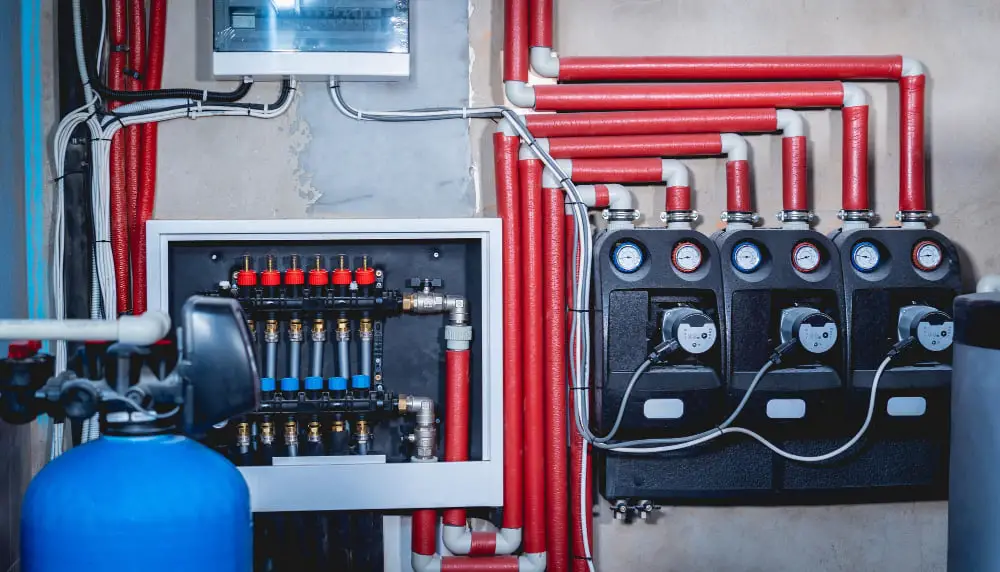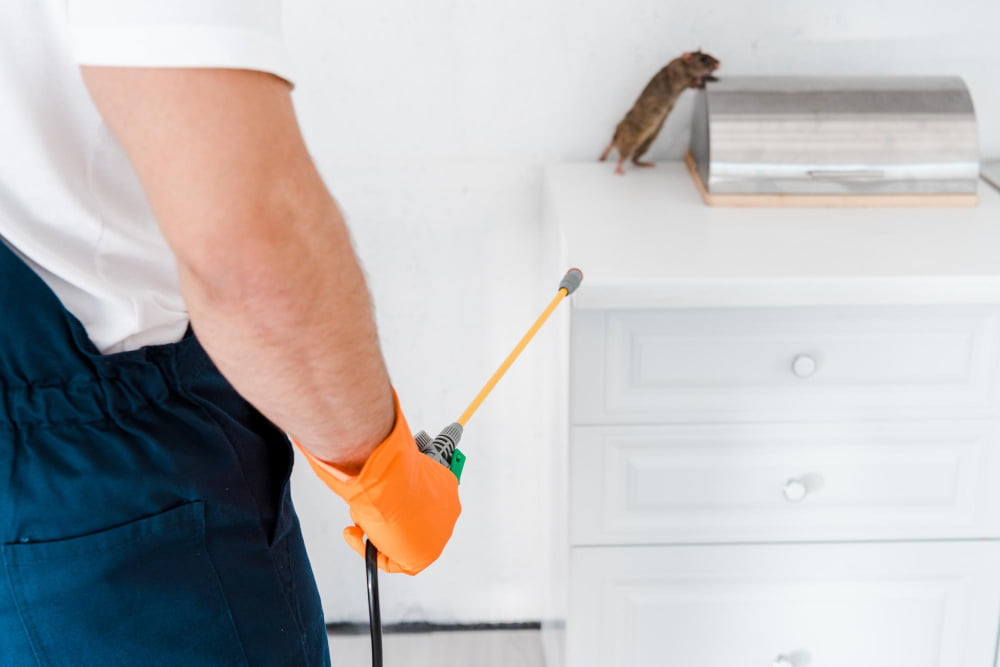Last updated on
Bathroom remodeling can be an exciting venture, but without proper planning, it can quickly become a source of significant stress and expense. Many homeowners fall into common pitfalls that could easily be avoided with forethought.
Here are the most frequent bathroom remodeling mistakes to avoid, ensuring a smoother renovation process and a finished product you’ll be proud of.
Failing to Establish a Clear Plan
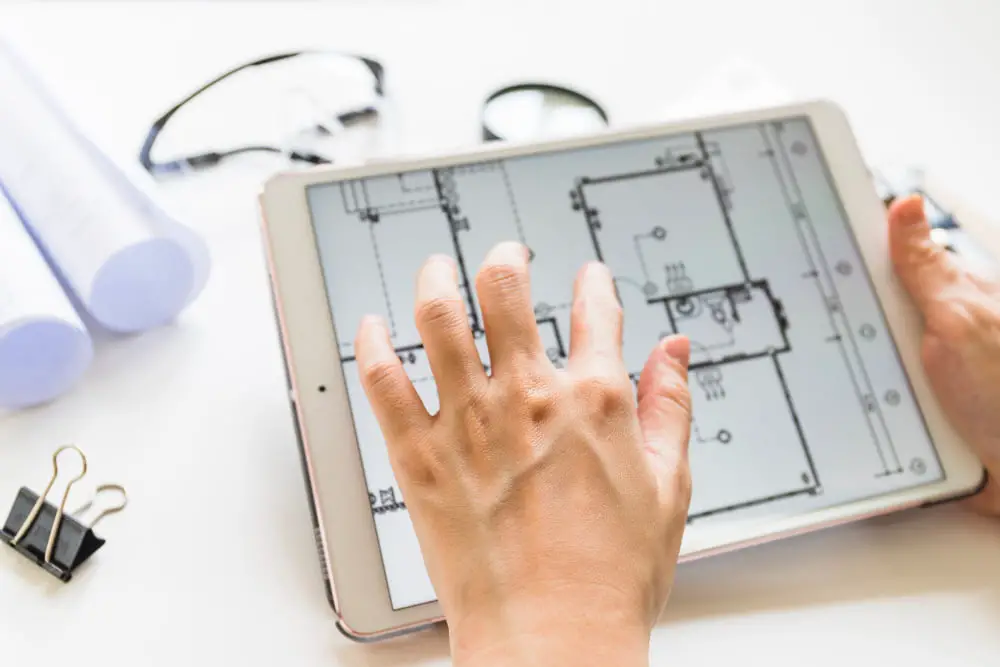
One of the biggest mistakes in any remodeling project is the lack of a clear, detailed plan. Before any work begins, it’s crucial to have a solid blueprint of what the remodeled space will look like, including precise measurements and a realistic timeline. This plan should outline every change, from plumbing adjustments to fixture replacements.
Additionally, it’s essential to understand the correct procedures for specific tasks like demolition. Learning how to demo a bathroom can provide valuable insights into the best practices for safely and effectively clearing out the old to make way for the new.
Overlooking the Budget
Creating a budget and sticking to it is essential. Costs can escalate quickly in bathroom renovations due to unforeseen issues like water damage or structural problems. Include a contingency fund of at least 20% of the overall budget to cover unexpected costs without derailing the project. Without a well-planned budget, you risk running out of funds mid-way through the remodel.
Ignoring Plumbing Considerations
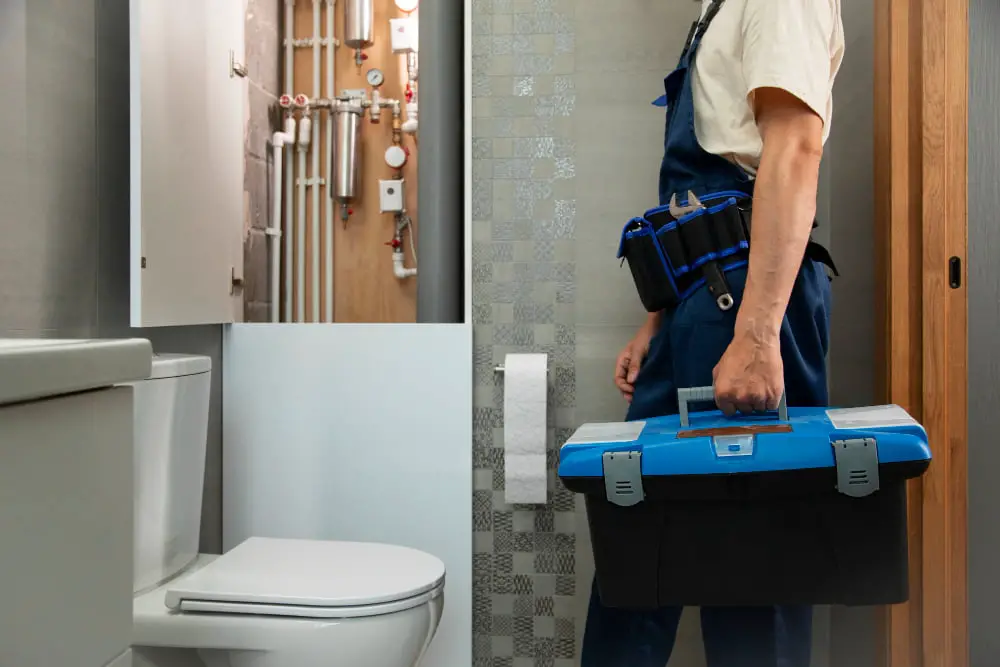
Plumbing is not just a critical element of bathroom functionality; it’s often the backbone of any successful remodel. Changing the location of sinks, toilets, or showers can dramatically increase costs due to the need for extensive plumbing modifications. These changes can affect water pressure and drainage efficiency, potentially causing long-term problems.
Engaging a skilled plumber early in the planning process is essential to evaluate the impact of such alterations. This professional input can help prevent costly mistakes and ensure the plumbing meets code and functional requirements.
Choosing the Wrong Materials
Choosing the appropriate materials for a bathroom remodel is crucial due to the high humidity and water exposure typical in these spaces. Materials unsuitable for moist environments can quickly succumb to mold, mildew, and structural weakening. It’s advisable to select water-resistant options like porcelain or ceramic tiles for floors and walls, which offer durability and ease of maintenance.
Furthermore, using stainless steel, glass, or treated wood for fixtures can enhance the longevity and aesthetic of your bathroom, ensuring it withstands the rigors of daily use without compromising on style.
Neglecting Adequate Ventilation
Ventilation in a bathroom is vital to managing humidity and preventing the buildup of mold and mildew, which are common in damp areas. An inadequate ventilation system can lead to significant air quality issues and structural damage over time. Installing a powerful exhaust fan that efficiently removes moist air from the room is crucial.
Ideally, this fan should vent directly to the outside, not just into an attic or indoor space. Ensuring proper ventilation can help preserve the bathroom’s integrity and enhance its users’ comfort and health.
Inadequate Lighting
Lighting is another area that is often overlooked in bathroom remodels. To provide functionality and aesthetics, a bathroom should combine task, ambient, and accent lighting.
For instance, task lighting is vital near the mirror for grooming, while ambient lighting can create a relaxing atmosphere. Consider the placement of lights and choose fixtures that provide sufficient brightness and are suitable for a bathroom environment.
Overcrowding the Space
Some homeowners overcrowd their bathrooms in an attempt to include every possible amenity, making them feel cramped and claustrophobic. It’s important to consider the scale of the fixtures in relation to the bathroom’s size. A good rule of thumb is to maintain adequate clearance spaces and opt for designs that enhance the perception of space, such as floating vanities and glass shower doors.
Disregarding Trends Vs. Longevity
While it’s tempting to follow the latest bathroom trends, it’s vital to consider the longevity of your design choices. Trendy designs can quickly become dated, reducing your home’s resale value. Choose classic and neutral designs for features that are costly or complicated to change, like tiling and fixtures, while incorporating trendy elements in ways that are easy to update, such as towels or wall colors.
Forgetting about the Details
The final touches can significantly affect the overall feel and functionality of the bathroom. Details like drawer organizers, towel bars, and proper sealing around baths and sinks can improve the practicality and aesthetic appeal of the bathroom. Make sure these are included in your plan from the start.
The Takeaway
By avoiding these common bathroom remodeling mistakes, you can ensure that your project runs smoothly and results in a beautiful and functional bathroom. Proper planning, budgeting, and attention to detail are crucial to achieving a successful bathroom renovation.
Recap


